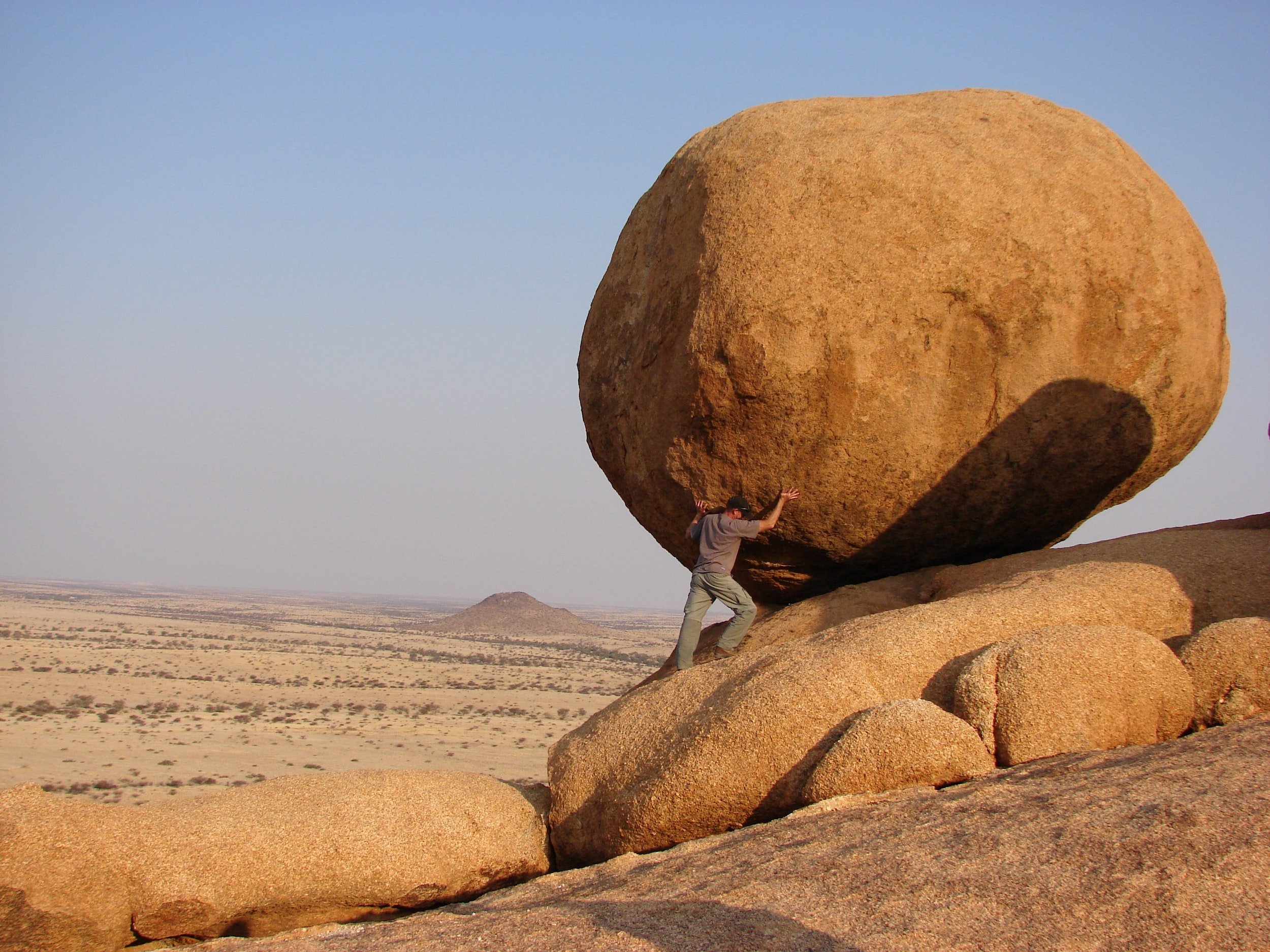Is Board Climbing Fixing a Problem You Don't Have?
Most of us have bought into the idea of working our weaknesses. The problem is that it’s hard to know exactly what our weaknesses are. It’s challenging to figure out, and it only gets more difficult the longer that we’ve been climbing. For this reason, we use a lot of subjective and objective measurements to get a better idea of what is important for us to focus on.
One rule of thumb for finding weaknesses that coaches recommend and climbers use is to look at the gap between the perceived difficulty and “actual” difficulty of a boulder problem. To put it simply, what is the grade of a boulder vs. how hard does it feel like it should be graded. If you normally climb V5 in a handful of tries, but there’s a certain climb or style of V5 that takes you multiple sessions, it must be because it’s a weakness and is important for you to improve on, right?
While this heuristic serves us well in many situations, it has one major flaw – sandbagged grading. I’ve been to climbing gyms that refuse to grade anything over V9 even though the route setters climb V12 outdoors and regularly set problems at that level. People will tell you that these places are great for training and getting stronger because everything feels so hard. They normally climb V6 in a few tries at their normal gym, but V6 is a mega project at this gym so it must be good for them, right?
Is it actually beneficial for their climbing or is it just misgraded? It’s possible that those climbs play to their strengths but because they feel “hard for the grade” the climber assumes that something about these climbs must be highlighting a weakness.
It’s these situations where this rule of thumb fails us. Giving artificially low grades to climbs increases their perceived value for our training and development. The more something is misgraded the more we naturally want to prioritize it.
There are a lot of commercial training boards right now, and each one seems to have its own grading scale. Even though they are supposed to work on consensus, most people using boards default to agreeing with whatever the first ascensionist graded a boulder or they downgrade it. Most first ascensionists don’t want their climb to be called soft or get downgraded so they will err on the low side when grading. It’s a race to the bottom.
This issue isn’t specific to a single company or board. Every board has its own variation on the grading scale. If we’re using different grades for different boards, but we still associate lower graded challenges as the best way to improve then we are prioritizing sandbagged climbs and boards over the the type of climbing that best addresses our needs.
Unfortunately, what all of this means is that we have to use more critical thinking when deciding what board (if any) to train with. If grades were miraculously equalized across all boards and somehow perfectly matched with outdoor grading, which board would fit your needs the best? All of the major boards have their own advantages and disadvantages. Grades aside, which one best addresses the things that will make you a better climber?
Here are a few things to consider when selecting which board(s) to use:
-What board do you have access to? (if there’s only one then this is pretty easy)
-What board feels the most physically sustainable to train on?
-If you were to look at the top three attributes that you want to train (these can be weaknesses, but they don’t need to be), which board addresses them the best?
-Which board feels the most fun to you?
-Is there a board that has the most clear progression through the grades rather than potential grade bottlenecks that feel hard to get past?
-Which board has the angles that best fit your needs?
-If you are climbing outside a lot, which board is easiest on your skin?
-Is there a board that is the most tweaky on your fingers, elbows, and shoulders? Maybe avoid this one for the time being or only climb on it sparingly.
Fortunately, most boards are fairly consistent with grading within their own scale system. This means that once we decide on the board and style we want to train with, we can go back to using our rule of thumb of “hard for the grade = good for improvement”.
It’s okay that grades aren’t even across all boards, gyms, and bouldering areas, but if your goal is long term improvement then you need to apply some critical thinking to your climbing and training. Make sure you’re addressing what really matters rather than defaulting to only comparing the perceived difficulty of a climbing to its assigned grade.
































One of the most common places things start to fall apart is at the very beginning of the move.